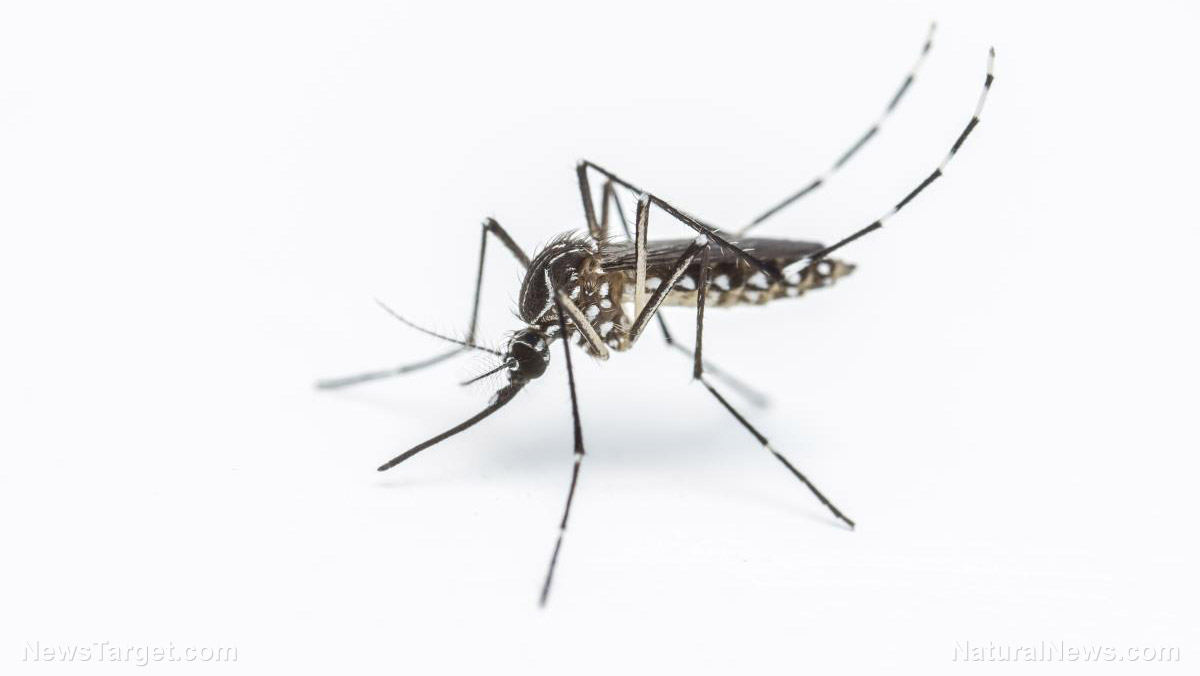3D-printed microneedles that can dissolve in your skin created by researchers
04/09/2018 / By David Williams

Taking medicine intravenously can sometimes be a painful and arduous task. And apart from simply being a little dangerous, most people are simply afraid of the needles used to administer intravenous medicine as well. With a mind on improving current standard methods in this regard, a team of researchers have successfully developed a method to create 3D-printed microneedles that can be used as alternatives.
Not only are these 3D-printed microneedles just as effective in use when administering intravenous medicine, they are also not risky to use at all, due to their ability to dissolve in human skin after they are applied. This is according to information from the researchers themselves, who shared the details of their study and methods in a paper titled, “Biodegradable 3D Printed Polymer Microneedles for Transdermal Drug Delivery,” which was published recently in the journal ChemRxiv.
As the report on the 3D-printed creation states, microneedles have been steadily attracting attention in the medical industry because of their usefulness in delivering drugs safely, even in the hands of unskilled carers. Typically, they reduce the risk of infection in patients, unlike traditional transdermal injection methods. They also offer better shelf-life than their injectable liquid counterparts, which stands as yet another advantage in favor of microneedles. (Related: Why 3D printing is the ultimate game-changing technology for freedom, self-reliance and the spread of democracy).
The issue is that manufacturing truly efficient microneedles is not that easy. Standard versions are made up of arrays of polymer needles, sized around 100 micrometers wide, and capable of being coated with drugs. It’s also possible to incorporate the drugs directly into the polymers so that the needles can just break off in the skin and dissolve to release their dose.
By using this concept as a basis, the researchers developed a 3D printing technique to create their own microneedles. Early on, they decided to use polylactide, a non-toxic, biodegradable and renewable polymer material that is approved for use in dissolvable stitches. They used a technique called fused deposition modeling (FDM) in order to produce features smaller than 100 micrometers, which is necessary to create the microneedles.
After testing, the team found that they could produce polylactide pillars with widths of 400-600 micrometers, though they were unable to get a required tapered needle shape. They then switched to chemical etching in order to complete the process.
Once they had the appropriate microneedle samples, the researchers tested them on pig skin. They found that these enabled the delivery of a dose of a dye molecule right beneath the skin, which is pretty much how a standard drug would and should be delivered. And because polylactide can dissolve in water at mildly acidic or alkaline pH levels, they will quickly dissolve after breaking off in a patient’s skin. This means it’s a no fuss, no muss kind of solution.
The absolute best thing about the 3D-printed microneedles, however, may be the fact that they can be produced rather quickly and cheaply. This should allow the researchers to quickly evaluate the effectiveness of various needle designs and sizes, which could lead to an optimal solution that can be used by all kinds of patients in the future.
Find out more news about the latest medicinal advances in Medicine.news.
Sources include:
Tagged Under: 3D printed needles, 3D printing, administering drugs, alternative needles, intravenous medicine, IV, microneedles, needles, polylactides, syringes




















